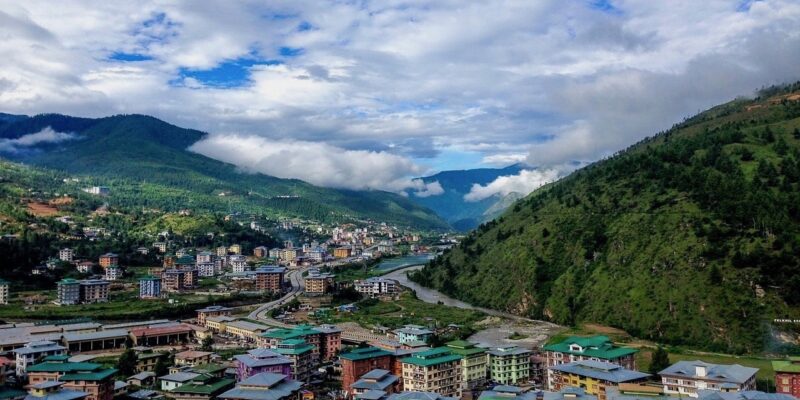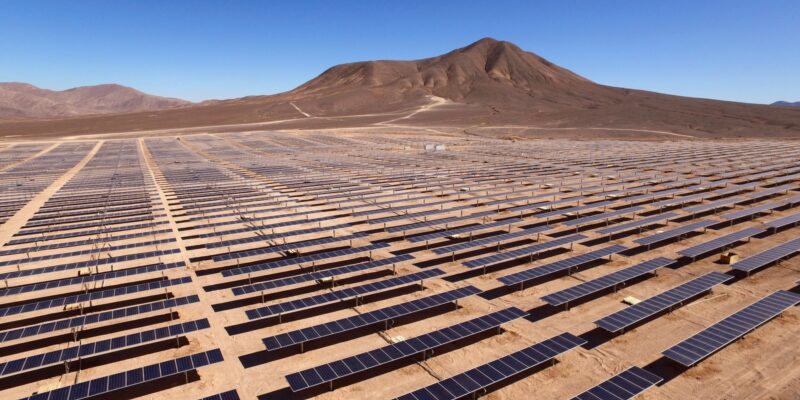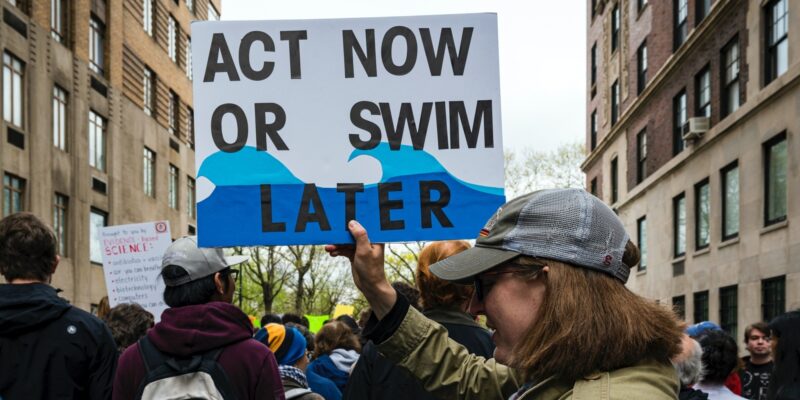Comment
Insights and expert analysis on climate issues.
Share


Carbon tax in schools: a laboratory for change
Dr Carl-Friedrich Schleussner
Over two million school kids from 135 countries have participated in the climate strikes this year. The "Fridays for future" movement, initiated by climate activist Greta Thunberg, has boosted discussions on which policy tools can have a tangible effect in reducing greenhouse gas emissions. One of these tools is putting a price on carbon.
(Also available in German)

Implementing science-based climate policies requires communication and collaboration between various actors in the interdisciplinary climate field. The ISIpedia project is one of the growing number of efforts addressing this challenge by involving decision makers and practitioners in developing a tool that is meant to benefit them — a user-friendly information portal of climate change impacts.


Key LDC priorities in 2019
Manjeet Dhakal

Centred on science – how the IPCC can guide mitigation action
Prof Dr Michiel Schaeffer, Dr Robert Brecha, Bill Hare

A Green New Deal in the United States – fantasy or necessity?
Dr Robert Brecha
The Green New Deal (GND) is currently only in the form of a “resolution” introduced by Representative Alexandria Ocasio-Cortez and Senator Ed Markey; any actual legislation that results from the resolution will be taken up by the respective chambers of Congress – and likely will not be done as a whole package. Having said that, the GND is a rare example of proposing how to tackle a societal-scale set of challenges not by looking at individual components but by presenting a vision for the whole system.